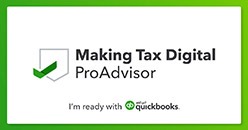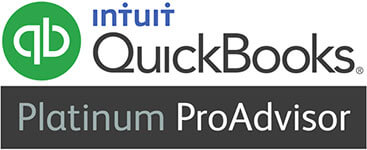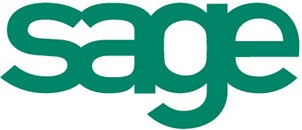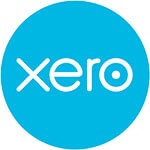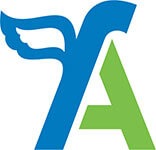Get a summary of all the relevant updates from the 2017 Spring Budget
It’s that dreaded time of year again when the budget gets announced and as you sit there listening you can almost feel your wallet getting lighter and lighter in your pocket.
This spring saw the turn of Philip Hammond to show off the famous red briefcase as he walked by the doors of Downing Street.
The themes the chancellor was trying to portray were for a fairer, stronger and better Britain.
So, let’s start with some good news…
The amount you can earn without paying tax is going up – to £11,500 from April 2017. This means, unless you are an additional rate tax payer, you will have an extra £100 a year. Lovely.
If you aren’t lucky enough to be an additional tax payer, but are lucky enough to be sat in the higher rate bracket, this is also increasing to £45,000, giving you another £400 a year. Even better.
Self-employed?
You could be lured in with the prospect of Class 2 NI being scrapped all together. Great stuff.
BUT.
Of course there is a but.
I guess they have to take the money from somewhere, right?!
Phillip said “People should have choices about how they work, but those choices shouldn’t be driven by differential tax treatment,” (This must be part of the ‘fair’ theme)
This means class 4 NIC will be increasing by 1% in 2018 and a further 1% in 2019 to 11%.
This is something that will be increased on your self assessment tax return as usual.
Interest relief for landlords
Unfortunately, as most of you will be aware, the interest on your mortgage etc will no longer be a relief on your income. Thankfully, this isn’t being implemented too drastically and is being phased in over a 5 year stint, as per the table below;
Year —- Finance cost allowed in full —- Finance cost allowed at basic rate
Year to 5 April 2016 100% 0%
Year to 5 April 2017 100% 0%
Year to 5 April 2018 75% 25%
Year to 5 April 2019 50% 50%
Year to 5 April 2020 25% 75%
Year to 5 April 2021 0% 100%
I feel this needs a bit more explaining.
So, if a landlord collects rental income of £10,000 a year, but pays mortgage interest of £9,000, the profit is the difference between the two, or £1,000.
Landlords pay tax on their profits according to their income tax band. So, in this simplified example, a basic-rate taxpayer would pay 20% tax on £1,000, or £200, and keep £800.
The tax bill for a 40% taxpayer would be £400, leaving £600, or £450 for a taxpayer at the 45% additional rate, leaving £550.
Now under the new rules from the budget announcement the tax bill for a higher rate taxpayer would work out at £4,000 (40% of £10,000 profit) minus £1,800 (20% of £9,000 interest), which equals £2,200 and increase of £1,800 from the current rules.
DON’T FORGET – Going slightly off topic, you guys above (self-employed and landlords) are going to be the first to be effected by Making Tax Digital. A requirement set by HMRC to start filing your accounting information quarterly. – Panic not, we are here to help on this.
Dividends
And hey, if it didn’t seem bad enough. The work we have put in and the advice we’ve given you on the new dividend rules… Well that’s changed too.
Instead of £5,000 tax free, it’s now only £2,000.
It pains us too, don’t forget. We are just the messengers.
Changes to the VAT flat rate scheme
From April 2017, if affected, businesses will need to apply a new, higher flat rate percentage. This could potentially make the flat rate scheme much more expensive and may even mean a switch to another method of VAT calculation, if you want further information on this, please check our blog here.
Thresholds for VAT have also risen. Compulsory registration comes into effect once turnover reaches £85,000 and the de registration now £83,000.
Audit
Another major threshold to increase is that of the requirement for an Audit. Co-operatives are required to conduct a full audit from £5.6 million to £10.2 million, and the assets threshold from £2.8 million to £5.1 million. This will align the thresholds of co-operatives with those of companies.
IHT – Depressing, but good news in relation to the tax thresholds. So let’s end on a high.
The Nil-rate band remains at £325,000. The residence nil-rate band for deaths in the following tax years will be:
£100,000 in 2017 to 2018
£125,000 in 2018 to 2019
£150,000 in 2019 to 2020
£175,000 in 2020 to 2021
This means you can give those dear to you a little bit more without the government taking their slice
So, I hope we haven’t depressed you too much. As per usual, it’s a bit of taking from Peter to give to Paul – But now we know, we can plan accordingly, together.
Talk to us today about accounting for tomorrow.


